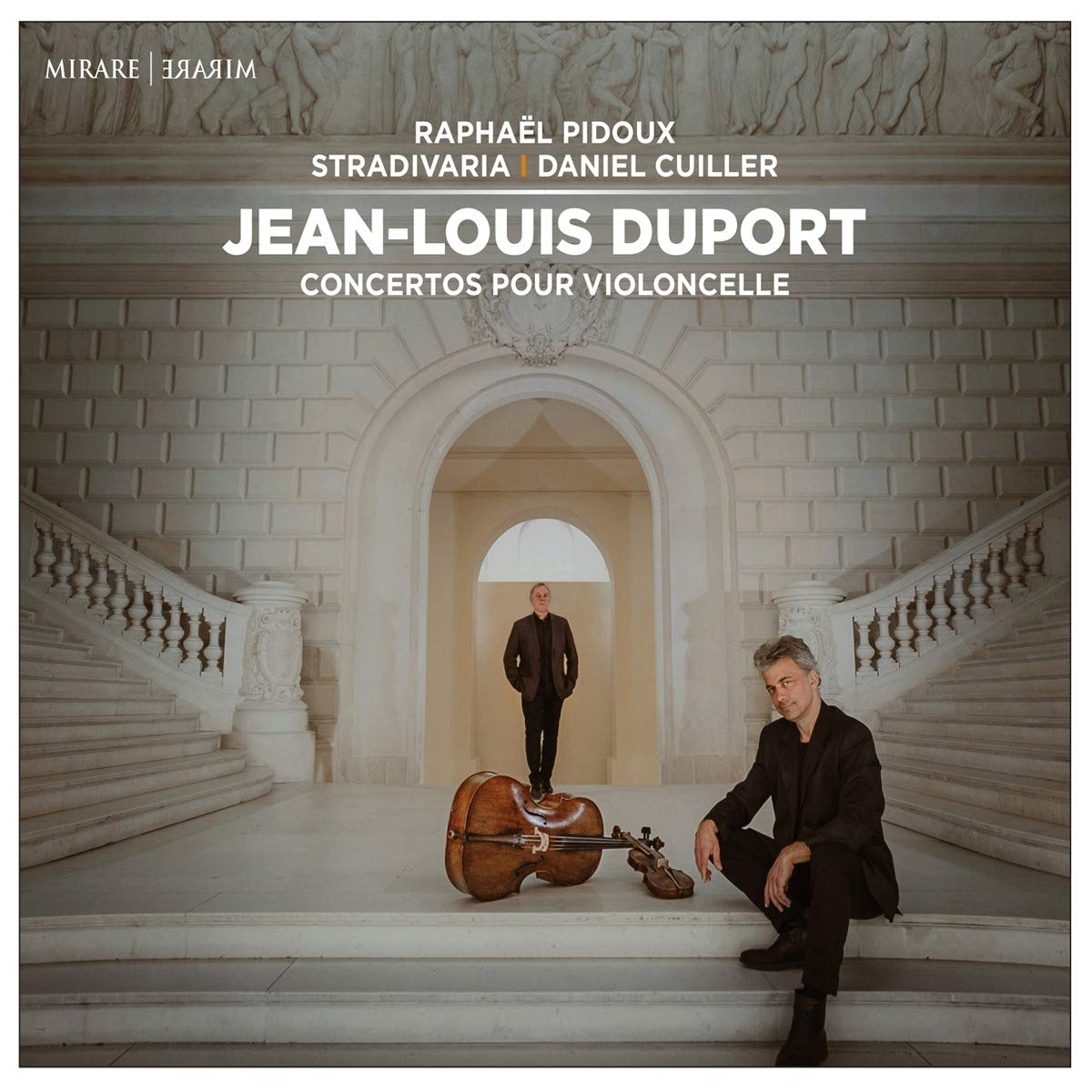Concerto Stella Matutina, Johannes Hämmerle, organ and director
71:00
Fra Bernardo FB 1710593
C H Biber: Missa Resurrectionis Domini, Requiem
H I F Biber: Quasi cedrus exaltata, etc
Oddly enough this is the second CD to sport the title ‘Biber & Biber’, which might sound like a firm of German solicitors, but refers rather to the father and son team of Heinrich Ignaz Franz Biber and Carl Heinrich Biber. It is of course the former who is much the better known; indeed even readers of a specialist site such as EMR could be forgiven for being unaware that the elder Biber had a composer son. A quick check reveals that to date only a few instrumental works of C H Biber have reached the catalogue, so this excellent new recording concentrating on two major choral works provides a welcome opportunity to be introduced to him.
The younger Biber,
Heinrich’s eighth (!) child, was born in Salzburg in 1681. Not
surprisingly he studied the violin and composition with his father
and also appeared in Latin school dramas with music by him. In 1704,
the year of the elder Biber’s death, Carl was appointed to the
court of Salzburg and also travelled to Italy, visiting Rome and
Venice, where he would likely have come into contact with the young
Vivaldi, recently appointed violin master at the Pietà. Subsequently
he visited Vienna, but in 1714 he was appointed deputy Kapellmeister
and then in 1743 promoted to Kapellmeister, making him senior to
Leopold Mozart, who was appointed as a violinist in the court
orchestra in the same year. C H Biber died in Salzburg in 1749.
Biber’s extant
catalogue consists largely of music for the church. It survives in
the archives of Salzburg Cathedral, where in excess of 120 of his
works are housed. They include the Missa Resurrectionis Domini and
the Requiem setting recorded here. The most surprising thing about
both works is that despite Biber’s youthful contact with modern
developments in Italy, they remain resolutely conservative in their
adherence to solid contrapuntal techniques. Indeed, the difference in
style to the three motets by his father also included on the CD is
minimal. Both works conform to similar opulent orchestration as the
more familiar large-scale works of Heinrich, which is to say they
include parts for trumpets, trombones and timpani in addition to
strings. The vocal writing, here wisely restricted to eight singers,
alternates between brief episodes for the solo quartet and chorus,
with very few extended solos. In both works the text is set with
extreme economy, with relatively few opportunities for virtuoso
solos. Occasionally, as at the telescoped ‘In incarnatus’ and
‘Crucifixus’ in the Credo of the Mass, Biber introduces a florid
violin solo to remind us that he, like his father, was a violinist.
It is the Mass that is
the more interesting of the two works. The Kyrie, for example, is
introduced by infectiously dancing strings, while throughout
exhilarating and exuberant writing for (splendidly played) punchy
trumpets is never far away. But there are effective quieter moments
too, as in the exquisite Benedictus duet for soprano and tenor. But
the whole Mass has an engaging, upbeat ambiance. On first
acquaintance the Requiem strikes me as a more perfunctory work,
although it has impressive moments such as the urgent thrust of ‘Dies
irae’, the soprano solo at ‘Lachrimosa’ and a certain noble
dignity at the end of the Sequenz. But too much of the textural
setting seems lightweight, with the supplication of the Offertorium
(‘O lord deliver …) seemingly already decided by the less than
humble music.
The performances are of high quality, with a good solo quartet, the soprano soloist Marie Sophie Pollak in particular being outstanding, and excellent orchestral playing from Concerto Stella Matutina. The splendid recording, made in the Seminary Church in Brixen, South Tirol, captures the often complex sounds with clarity, while at the same time creating an impressively spacious overall sound picture. The CD is well worth investigating by anyone attracted to the resplendent sound world of 17th- and 18th-century Salzburg Cathedral.
Brian Robins




